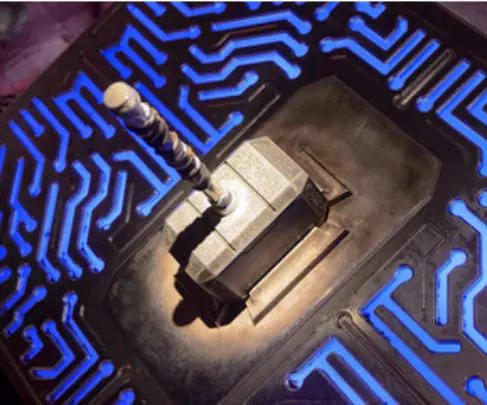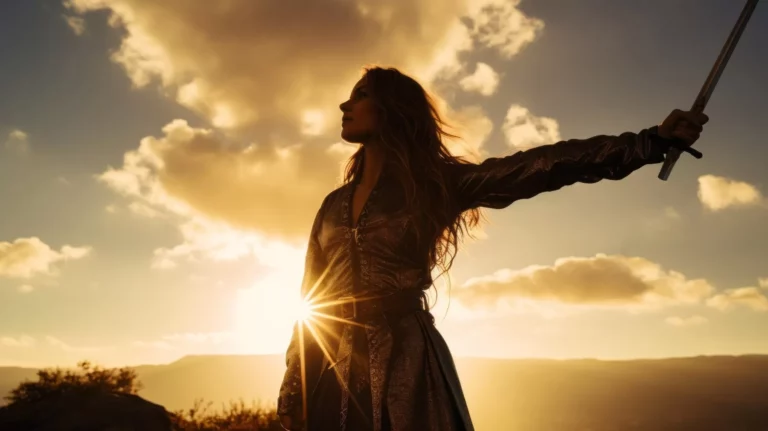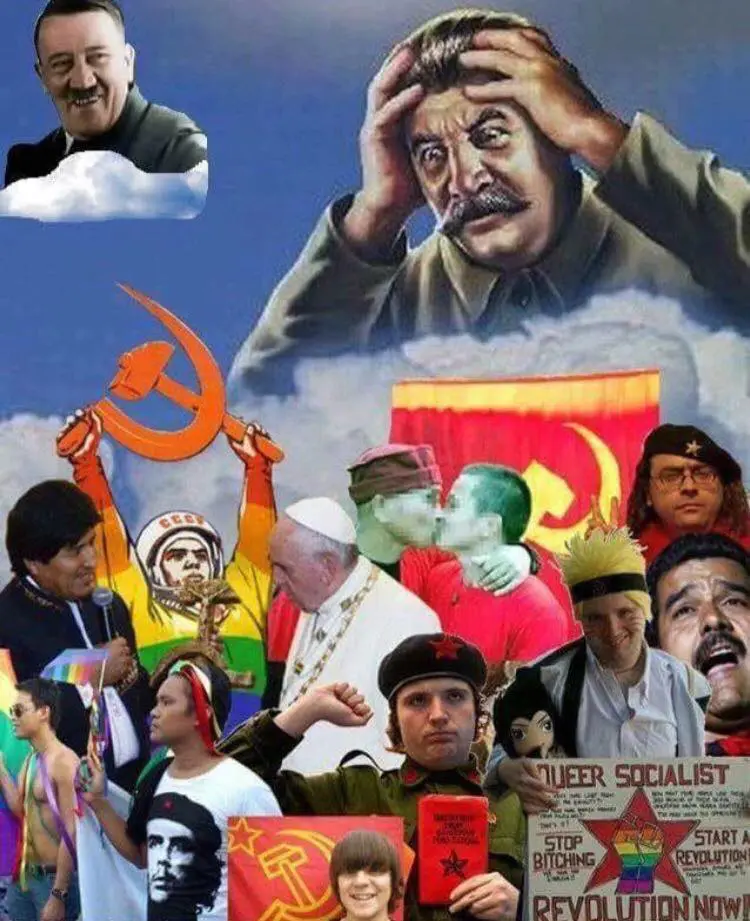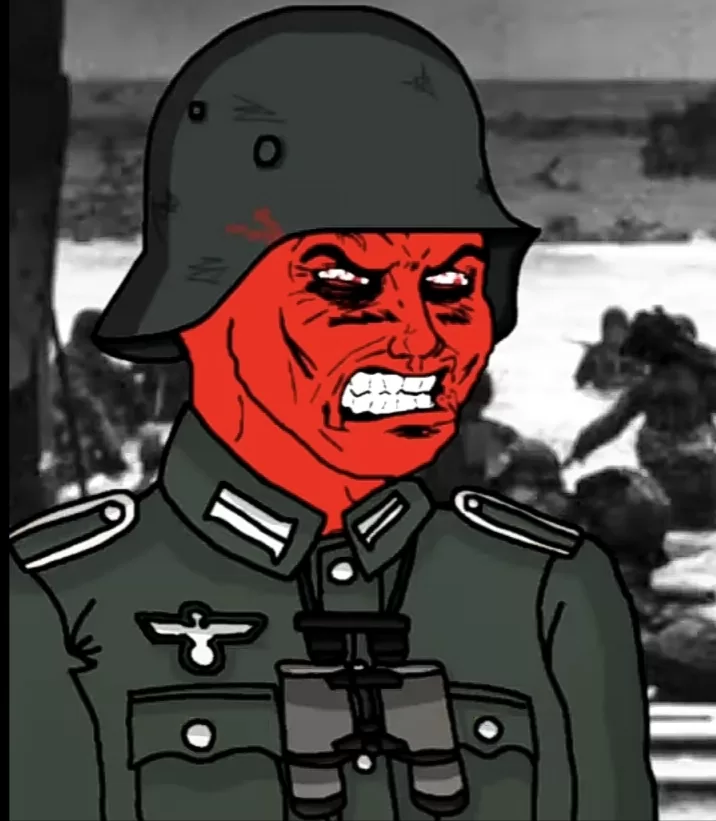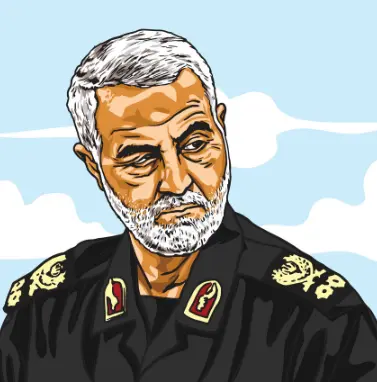Ragnarok in Technicolor
WHAT IS RAGNAROK?
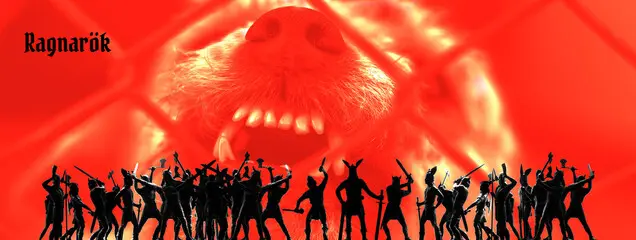
What is Ragnarok? The short answer to the previous question is this: Ragnarok a titanic and decisive battle between the forces of Good and the forces of Evil that marks the closing of one age and the beginning of another, and in our case, Ragnarok is a time difficulty that will end our current Dark Age and pave the way for the next Golden Age. The present dark age is known as the Kali Yuga in India, and the impending new age of light is known as the Sayya Yuga in India. Due to the Ancient Aryan influence upon the Indian sub-continent, it was the Aryans who introduced the concept of cyclical time to the India, so it was the Aryans who brought the knowledge about the endless cycles of the ages to the Indian people, and Ragnarok is the reoccurring transition between the ages. In substance, if not in every single detail, the battles connected with Ragnarok are fought across all worlds and all dimensions that span the multiverse to one degree or another, so it is Ragnarok that is the TRUE Star Wars.
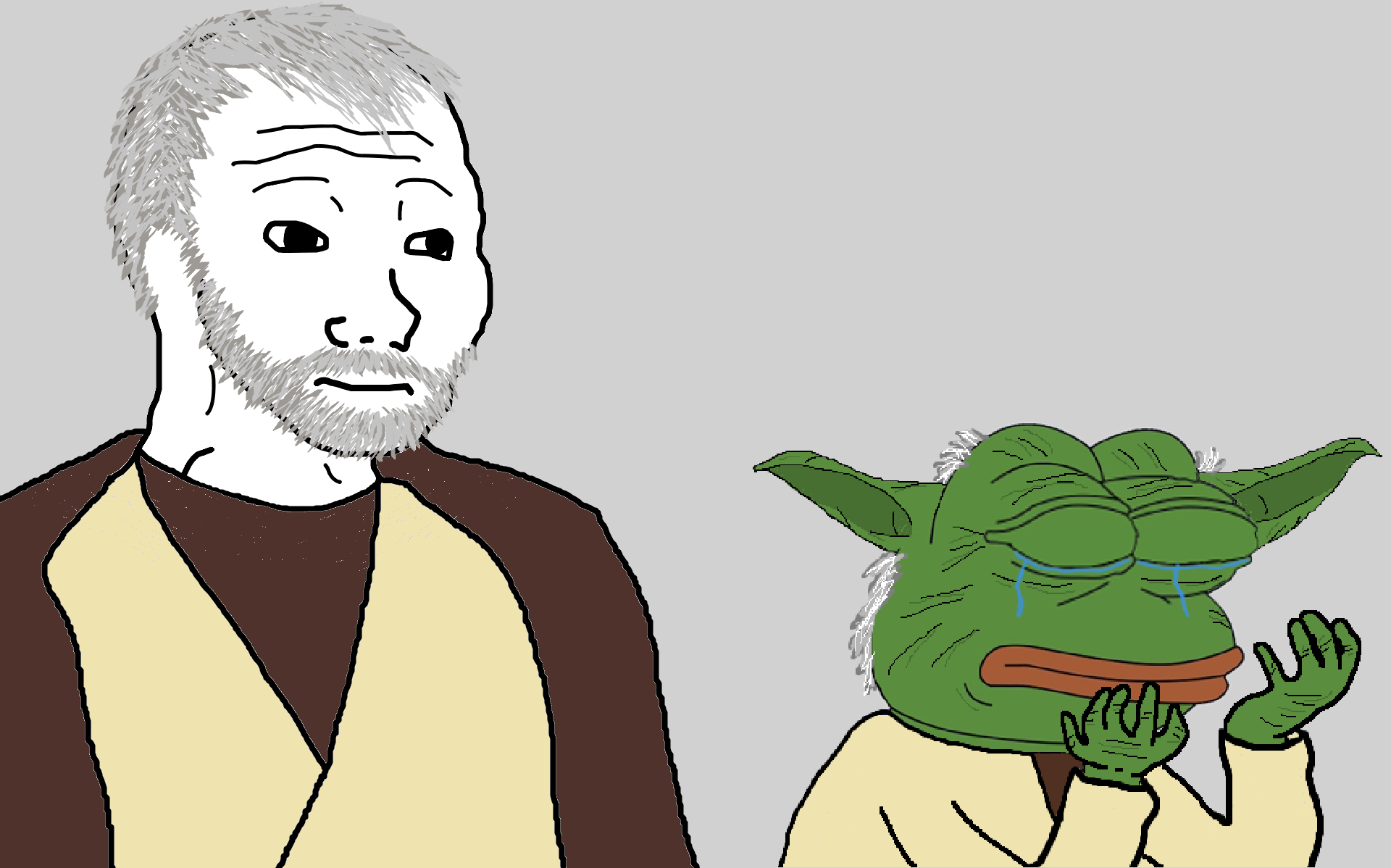
The concepts of Yugas and ages and the idea of Ragnarok itself might sound a little bit like Ancient Persian Zoroastrianism, and that is because these concepts are in-fact present in ancient Persian Zoroastrianism. Indeed, it was the ancient Persians/Iranians who introduced the concept of circular time to India because the original Persian people were the Eastern Aryans, and the Germans are their Western Aryan cousins.
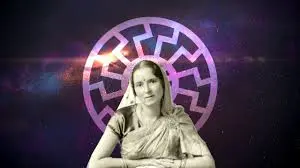
The Book of Revelations and Armageddon in the Bible are really just Judaized versions of a vastly more ancient Aryan tradition.
When analyzing the subject of Ragnarok, a number of cautionary notes must be kept in mind, and not least amongst these tales is the fact that surviving accounts of Ragnarok from Our Folk are almost invariably fragmentary, incomplete, and usually badly corrupted. Many of these old Ragnarok tales essentially cover the middle of the story while leaving out the beginning and the end; fact is, the old and natural degredations of the Ragnarok tale have represented more than enough disinformation, yet the Jews of Hollywood have gotten involved in deliberately debasing the old Ragnarok tales and purposely piled-on even more confusion and deception. Thus, it is important to remember that many of the corruptions to the old Ragnarok tales have not happened by accident.
Loki (The Devil) began as one of the Gods of Asgard (The Aesar), yet he rebelled and tried to overthrow Odin the Allfather and then establish himself in Odin’s place as the foremost among all the gods. (This is where the Biblical story originated.) On account of his fialed coup on Odin, Loki and his fellow rebels were cast out into the realm of Helheim. After Loki was exiled to Helheim, he was forced to leave his wife and son behind in Asgard. While in Helheim, Loki began to cohabit with an immensely powerful and evil giantess from Jotunheim by the name of Angrbroda. As a byproduct of Liki’s affections, Angrbroda had two sons with Loki: One of Loki’s sons was the Fenric Wolf who became notorious for bringing in Ice Ages; and Jormangander, who was the other one of Loki’s children with Angrbroda was also known as “The World Serpent.” It was Jormangander who became notorious for bringing cataclysmic upheavals upon the earth, so he has also been called the “Earthshaker.” Loki and Angrbroda also had a daughter by the name of Hel, and Loki chose to install his daughter as the ruler of Helheim (Hell).
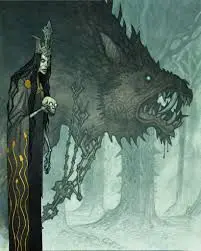
After Loki was exiled to Helheim and fathered children with Angrbroda, he and his subordinate rebels have continued plot their revenge against Odin and his loyalists to this day. Loki and his co-conspirators have formed an alliance with the arch-enemies of Odin including Odin’s rivals from the Higher Spirits that are also connected to the Giants of Jotunheim.
In bad company with Loki, Helheim has been made the abode for Spirits of The Dishonorable Dead that originated in Midgard. Loki has also created an army of the undead that are fashioned from the wicked and dishonorable souls from Midgard who are consigned to the dark realm of Helheim, and it is these diseased and lost souls who are trapped in the realm of Helheim that are also called Skeletons. The term “Undead,” when correctly defined means this: An undead being is an entity which is animate, conscious, and sentient, but lacks a soul and lacks the potential to ever rise to a higher level of existence.
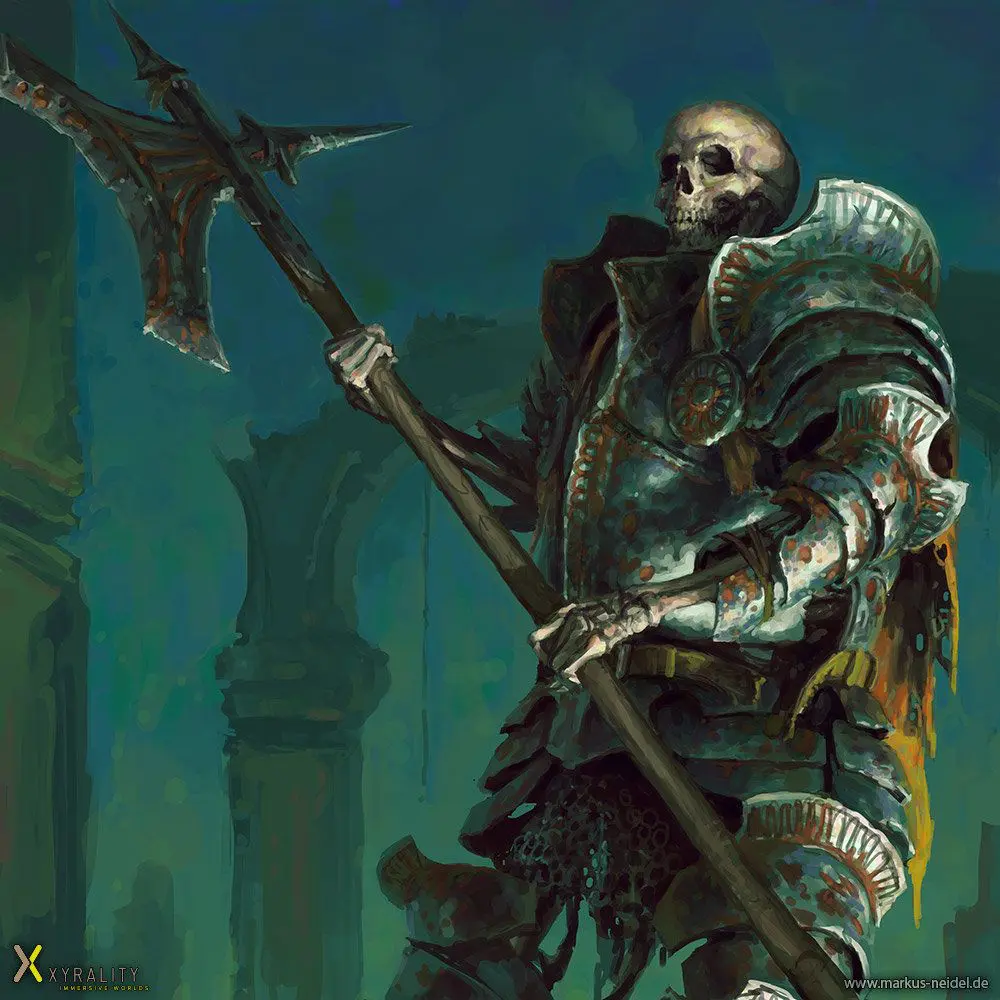
After seeing Loki’s wickedness for what it is, Loki’s daughter Hel finally let her conscience be her guide. When Hel let her conscience guide her actions, she finally made the decision ally herself with Odin the All Father and reject the wicked ways of her father. Despite her decision to ally with Odin and the light, Loki’s daughter Hel still cannot ever truly escape her roots, so she is described as having one side of her body being that of an extraordinarily beautiful woman and the other side of her body being that of a rotting corpse. Hel’s body is half that of a rotting corpse because she was able to imprisons Loki’s army in Helheim, and this imprisonment of Helheim’s dark army enraged Loki, and in turn, he tried to kill his rebellious daughter and free his army of darkness; however, Loki was unable to actually kill his daughter, and neither was Hel able to defeat Loki. The end result of the conflict between Loki and Hel has been a perpetual stalemate.
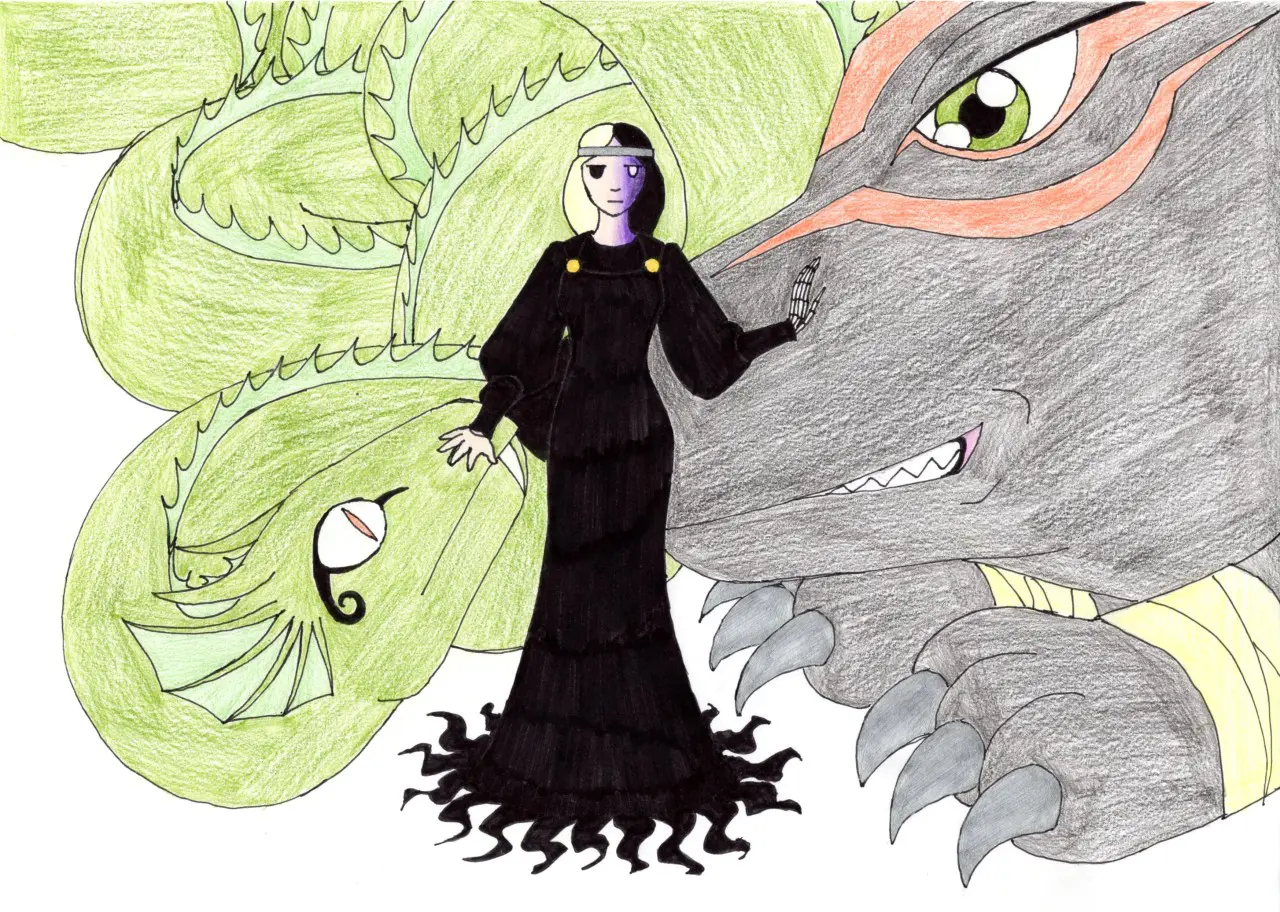
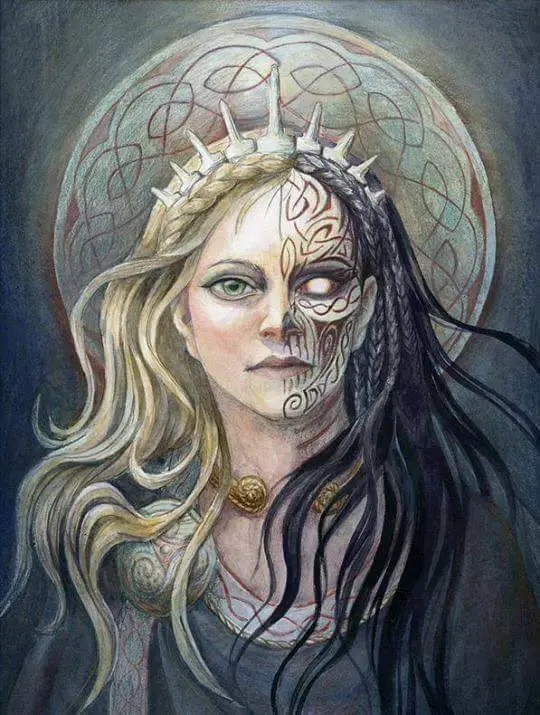
There are Nine Worlds (dimensions) in the Norse/Germanic universe. First, there are the lower realm of Helheim and the realm of Jotunheim, then there are the higher realms of Asgard (Young Gods), Vanahiem (Old Gods), Alfhiem (Light Elves), and Svartalfheim (Black, as in underground, Elves, aka Dwarves). The roles of Muspelheim (World of fire) and Niflheim (World of ice, snow, and mist) are unclear, and Midgard “The World of Men” (Middle Earth) lies in the center.
Since his imprisonment began, Loki has been trying for millennia to gain control of Midgard because having control of this realm will give him access to the Bifrost Bridge and in turn having control of Midgard will grant Loki access to Asgard. Loki’s quest to control Midgard exists because Helheim and Jotunheim do not have direct access to Asgard, so if the dark realms are to ever connect with Asgard in any manner, then these low and dark places must connect with Asgard by way of Midgard and the Bifrost Bridge.
In the Ragnarok take, the Bifrost Bridge is guarded by the Higher Spirit called Heimdahl who is the appointed guardian of Midgard. When the days of Ragnarok have finally arrived in earnest, Loki will overwhelm Heimdahl and Midgard through the use of heat and cold (climate chaos) and by introducing ceaseless conflict into Midgard at all levels which will amount to pointless violence and unjust warfare that will consume all of Heimdahl’s realm. Despite Loki’s seeming victory over Heimdahl and his subsequent full conquest of Midgard, as Loki’s army of darkness approaches the Rainbow Bridge Heimdahl will still manage to blow the great horn he carries which is called Mojner. It is the warning sent by Heimdahl that will call the mortal heroes of Midgard from out of Valhalla to battle Loki’s army of darkness along with all of Odin’s forces.
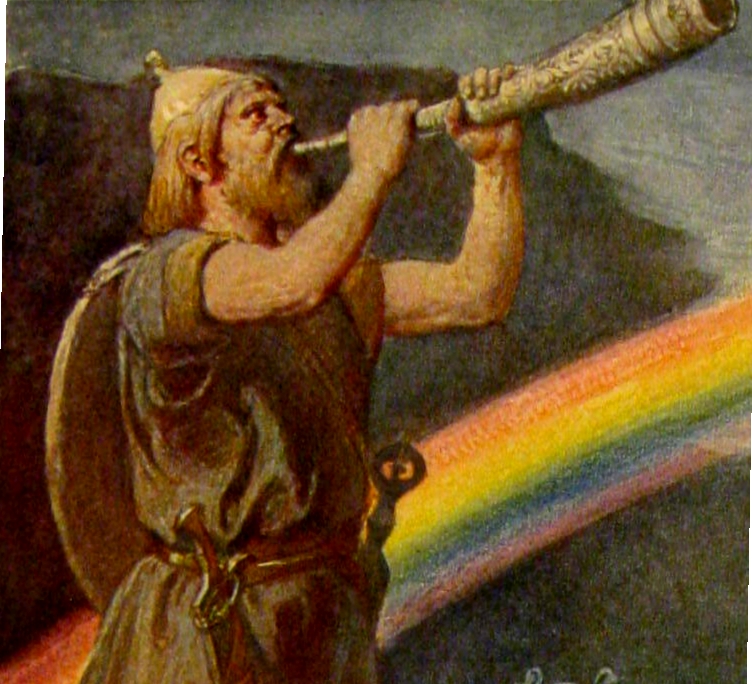
The next part of the Raganrok tale that arrives commences one of the most misunderstood parts of the Ragnarok story, which is Gotterdammerung. “The Twilight of The Gods” is another name for Gotterdammerung, and in this part of the Ragnarok tale, the noble Gods do not actually die, but instead, they are raised to a higher plane of existence after their initial deaths.
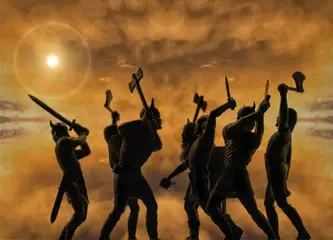
When Gotterdammerung arrives, Loki grapples with Heimdahl on the Bifrost bridge and Loki hurls Heimdahl into the bottomless abyss between the worlds; however, Loki’s seemingly vanquished opponent is raised. After Heimdahl gets thrown off the Bifrost bridge, the giants who are following closely behind Loki swarm onto the bridge, yet as the last of the giants finally sets foot on the Bifrost bridge, this divine construct quickly begins to dissolve then hurls the giants into the abyss after Loki.
During this battle on the Bifrost bridge, Thor manages to crush the serpent Jormangander’s skull with his Hammer, yet as the serpent has its foul head crushed by Thor’s mighty hammer, the blood of the serpent sprays Thor and covers him in poisonous venom. After getting covered in deadly poison from the dead serpent, Thor soon dies, yet he is raised again.
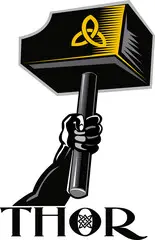
In this same battle on the Bifrost bridge that sees Thor killed, the Fenris Wolf swallows Odin — or so it seems on the surface— yet Odin is raised from death, as is his son Thor.
After seeing his father swallowed by the Wolf of Fenrir, Odin’s other son, who is named Balder, rushes forward and places one of his feet on the wolf Fenris’s lower jaw, then grasps the great wolf’s upper jaw with both of his hands, and at last, Bader proceeds to tear the Wolf in half.
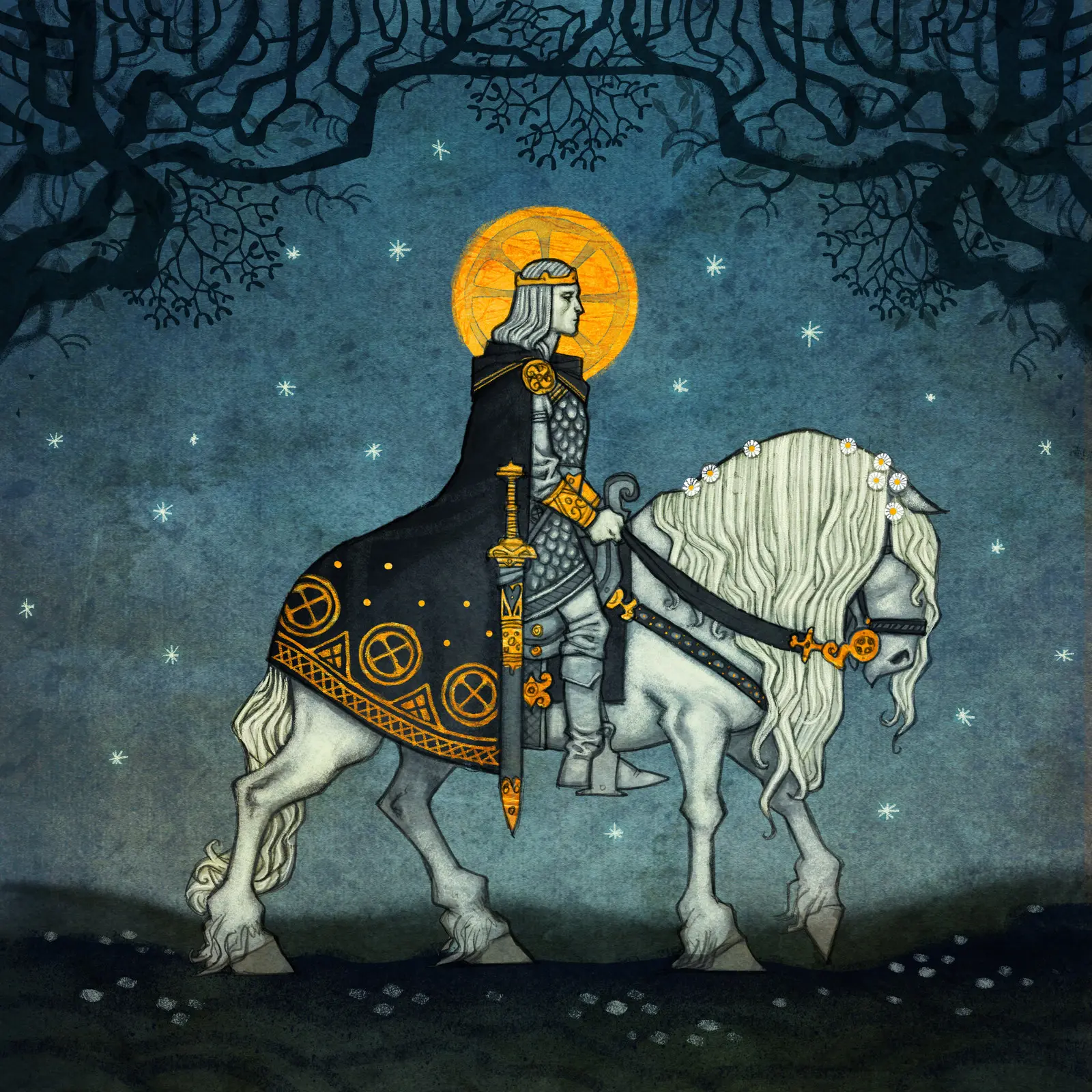
After the gods have fought and died, then been resurrected, a state of twilight will finally arrive. During this time of twilight that sets-in after the battle on the Bridge of Bifrost has concluded, all light will be dimmed, yet the light is never truly gone, and despite the light being dimmed, there will be survivors from the Battle of the Bifrost Bridge that will include Balder in their number.
The fall of the 3rd Reich commenced a Twilight of The Gods, and after the 3rd Reich was defeated the light was dimmed; but now, the light is beginning to shine forth once again.
Presently, the twilight time has passed and the battle is beginning to go decisively against the Forces of Darkness. True to the story of Ragnarok, the Fire Giant named Surter, who is an ally of Loki, will soon decide that if he and Loki are to go down in defeat, then he will kill everybody, friend and foe alike, and he will also destroy everything he can. After Surter finally decides to take everyone down with him in defeat, he will then cast about with his great flaming sword and set the whole world one fire. Funny thing, the Israelis got their idea for a nuclear Samson Option from this entity.
It is at the point where Surter decides to destroy the entire world of Midgard, that is when the Sacred Rhine river will come out of its banks — remember that water symbolizes spirit. When Surter sets the world on fire, that is when the Rhine river will inundate the whole world and snuff-out the global conflagration of fire that Surter has unleashed.
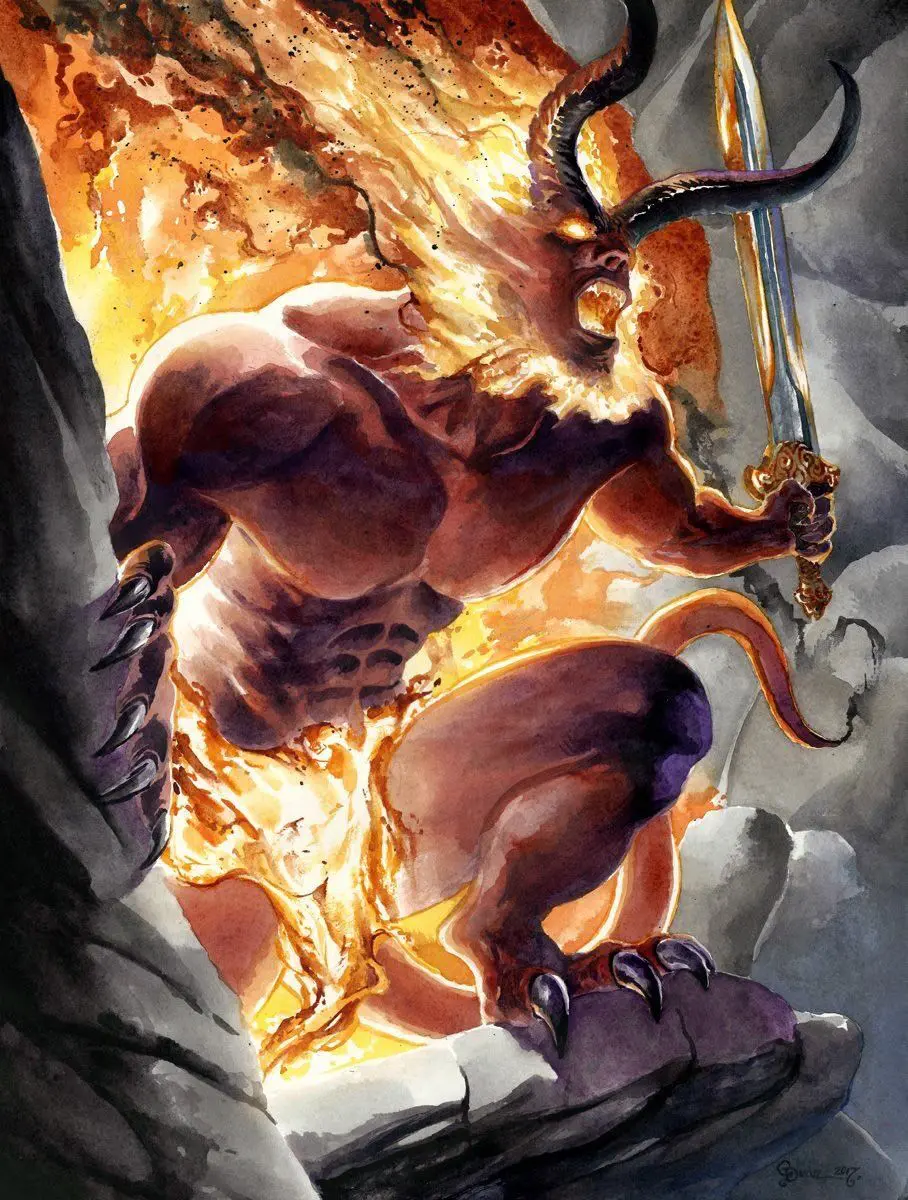
After the world-wide fire unleashed by the rage of Surter is finally quenched, that is when the Sacred Rhine river will returns to its banks. When the dust settles and the Rhine has returned to its old self and Loki has also been defeated, that is when the fire and the flood will leave survivors here and there, yet the Higher Spirits will now be led by Balder with the help of selected men, chosen plants, and the sacred animals who will collectively rebuild the world. When Balder is in charge of Midgard, that is when the stage will be set for a Spring that will follow the Winter of Ragnarok, and after the Spring of Ragnarok has truly arrived, this is when the darkness will have been driven to the fringes for the passing of several ages.
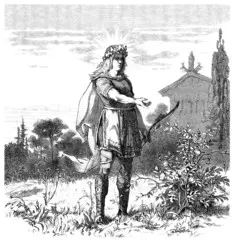
When the Spring of Ragnarok has truly set-in, this state of affairs will represent the rebirth and renaissance of higher spirits, the rebirth of higher values for mortals, and a profound reawakening of the natural world. After the end of the Ragnarok cycle, this is when the glory of the Golden Age and the Satya Yuga will manifest in mind, spirit, and nature. In my opinion, the true Dawning of the long-awaited Age of Aquarius was the false dawn of the Jews, yet this false time connected with the age of Aquarius will eventually transform into the True Dawn brought about by Kalki (Adolf Hitler deva).
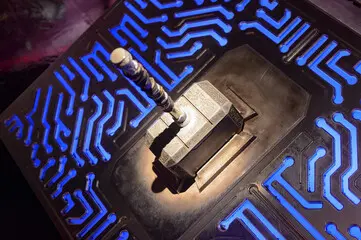
Heil Hitler deva!
Randall Lee Hilburn
